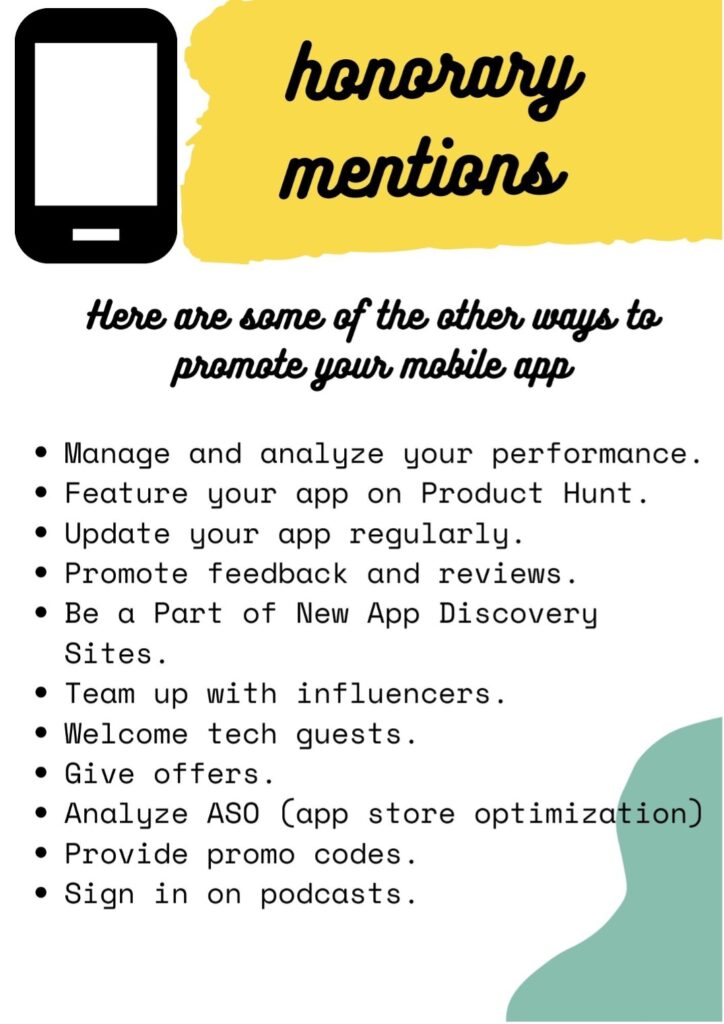The saying “If you think good architecture is expensive, try bad architecture” is thought-provoking, especially when it comes to software architecture. Although it involves coding, software architecture shares similarities with traditional architecture. Unfortunately, many underestimate its significance in building robust applications. However, recognizing its importance sooner rather than later is crucial. Software architecture serves as a foundation, reduces risks, and can shorten development time, demonstrating its value. As a result, utilizing software architecture has become essential for developing robust applications. This article will outline the benefits and role of software architecture in this context.
What is Software Architecture?
Simply put, Software Architecture is the structure of a software system that outlines its overall design. It serves as a blueprint for the software system, which may be complex in nature. By providing a structured solution, it streamlines the process and ensures that the system is efficient, maintainable, and scalable.
• In the 60s and 70s, the concept of structured programming and modular design gave birth to the idea of software architecture.
• This industry is growing at a steady pace, and it is said that the software architecture industry is expected to grow from 6.8% from 2020 to 2027.compatibility.
• Studies suggest that software architecture has become a hotspot for software professionals.
• An average software architect can earn around $130,000 per year.
• It is said that the market size is estimated to grow to $2.2 trillion by 2025.
Read more: https://www.neoito.com/blog/manage-software-project/
What are Robust Applications?
Robust Applications, as their name implies, are applications that are designed to be resistant to failure, secure, and reliable. These applications are expected to run flawlessly under any circumstances and provide optimum performance.
• It is said that the global market for applications resilience is expected to reach $17.1 billion by 2025.
• The driving force behind this growth is the demand, the undying adoption of cloud culture and more.
• Top features robust applications: reliable, scalable, fault-tolerant, great performer, secure, flexible.
• Top example of robust applications: Facebook, Uber, PayPal, AWS, Google Search, and more.
Top 7 Benefits of Software Architecture in Developing Robust Applications
Applications serve a critical role in addressing real-world problems, which is precisely why they require a robust design. Robust applications are built to handle unexpected situations, ensuring that they can perform under any circumstance without crashing or causing data loss. Not only do they provide a seamless user experience, but they also guarantee business continuity, compliance, and data integrity while minimizing errors. Robust applications are a reflection of the software architecture used to build them, ensuring that it is secure, reliable, and meet all functional and non-functional requirements. By leveraging software architecture, developers can reap a multitude of benefits in creating robust applications. Here are the top benefits of using software architecture in developing robust applications.

1. Strong foundation and clear vision
Software architecture is widely recognized as a fundamental aspect of application development, providing developers with a solid foundation and a clear direction for their work. By defining the overall structure of the application, software architecture offers developers a clear and comprehensive view of the project, enabling them to better understand its requirements and goals. With this understanding, developers can move forward towards realizing their vision, with the assistance of software architecture to help meet the application’s functional and non-functional requirements.
This early identification of potential risks and errors provides developers with a crucial advantage, allowing them to perform their work with greater confidence and efficiency. Above all, software architecture offers a framework for the application, defining the relationships between its various components. These factors work together to provide developers with a strong foundation and a clear vision for building a robust application.
2. Software architecture is instrumental in minimizing the risk of failure when building robust applications, owing to the various benefits it provides.
3. Gives developers creative freedom
One of the main advantages of software architecture is that it allows developers to experiment with various technologies and solutions without significant risk, providing ample room for creativity. This can lead to a clear vision and a platform for innovation.
Additionally, software architecture enables modular designs by offering a flexible framework. While encouraging creative freedom, it also helps reduce technical debt. These benefits illustrate how software architecture allows developers to explore their creative sides while developing applications.
4. Reduces development costs
Developing an application can be tricky most of the time, however, a well-designed software architecture can help developers in the following ways:
• Understanding the flow and requirements of the application easily improves collaboration and communication.
• Software architecture reduces development costs by reducing risks and identifying potential threats at an early stage.
• Developers can save time and money as software architecture supports the reuse of code.
• Understanding how different components interact and the overall requirements initially can reduce rework and duplication of effort, further reducing complexity.
All these steps clearly signify that software architecture is cost-effective and robust, making it an essential tool for developing high-quality software applications.
5. A well-developed software architecture can reduce time-to-market and development time by efficiently managing complexities, improving risk management, and optimizing platform performance.
6. Offers better code maintainability
There are many ways in which software architecture can contribute to better code maintainability and the development of robust applications. A well-designed software architecture can help promote code reusability, which can save developers time and effort when building new applications. Software architecture can also include documentation that describes the structure and functionality of the code, making it easier for developers to understand and work with the codebase. It can help maintain consistent coding standards across an application or organization. Software architecture can also provide a clear organization of code, which can make it easier to maintain and modify over time.
7. Effective software architecture can improve the platform’s performance.
Summing up
Developing a successful application requires a meticulous approach from ideation to fruition. Software architecture plays a vital role in ensuring each step of the process is perfect. It establishes a strong foundation, facilitates effective communication between components, reduces risk, simplifies complexity, enhances maintainability, and accelerates time-to-market. In essence, software architecture helps to fulfil project requirements.
At App Scoop, our team of knowledgeable developers possess the technical expertise and resilience to tackle any challenge. We have established an ecosystem that fosters technical expertise and encourages analytical skills and creativity. Our team’s communication skills are top-notch, ensuring a smooth development process. If you have an idea for an application, our diligent team will be happy to assist you. To collaborate with us, you can contact the App Scoop mobile app development team at: https://www.app-scoop.com/contact-us.html









